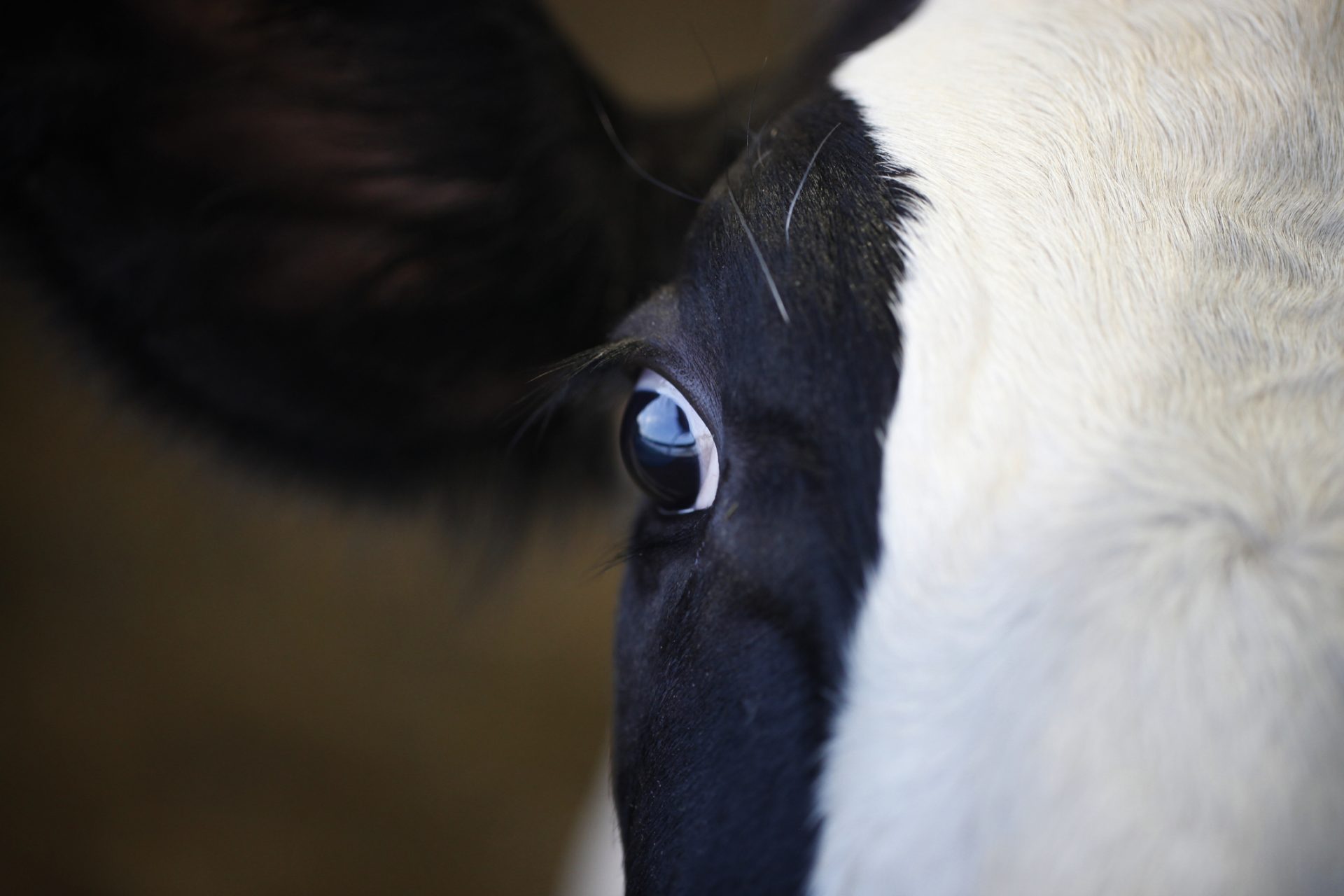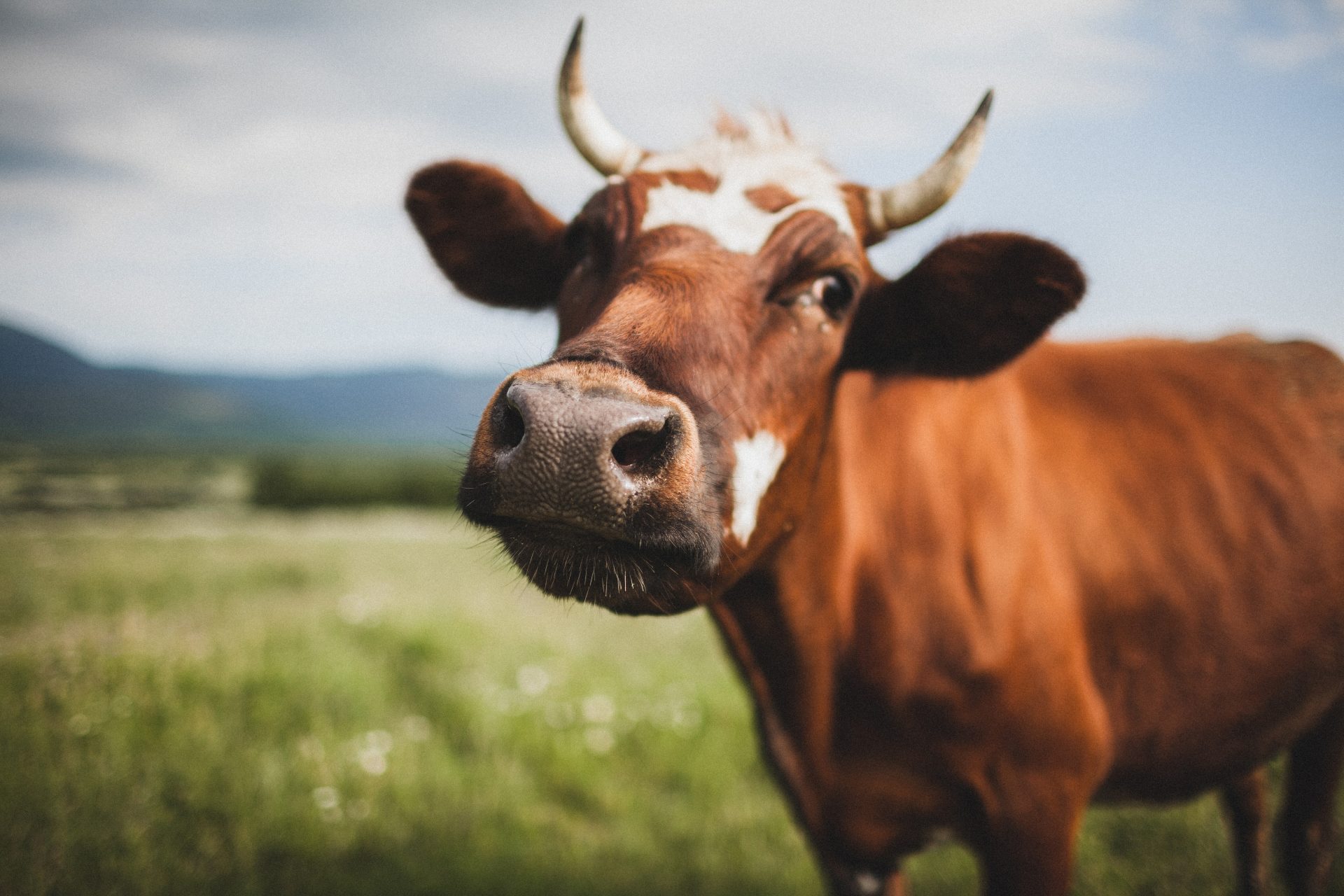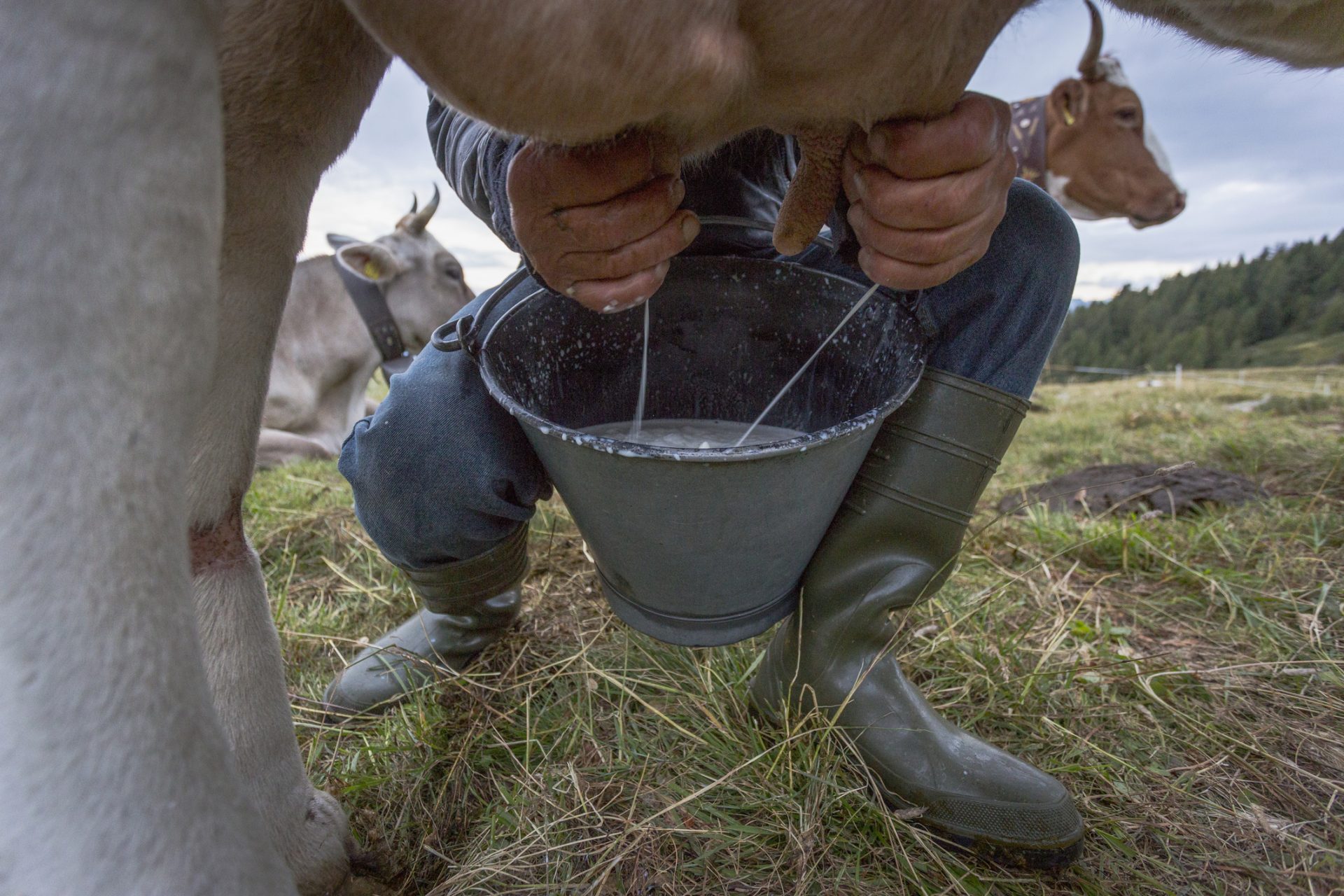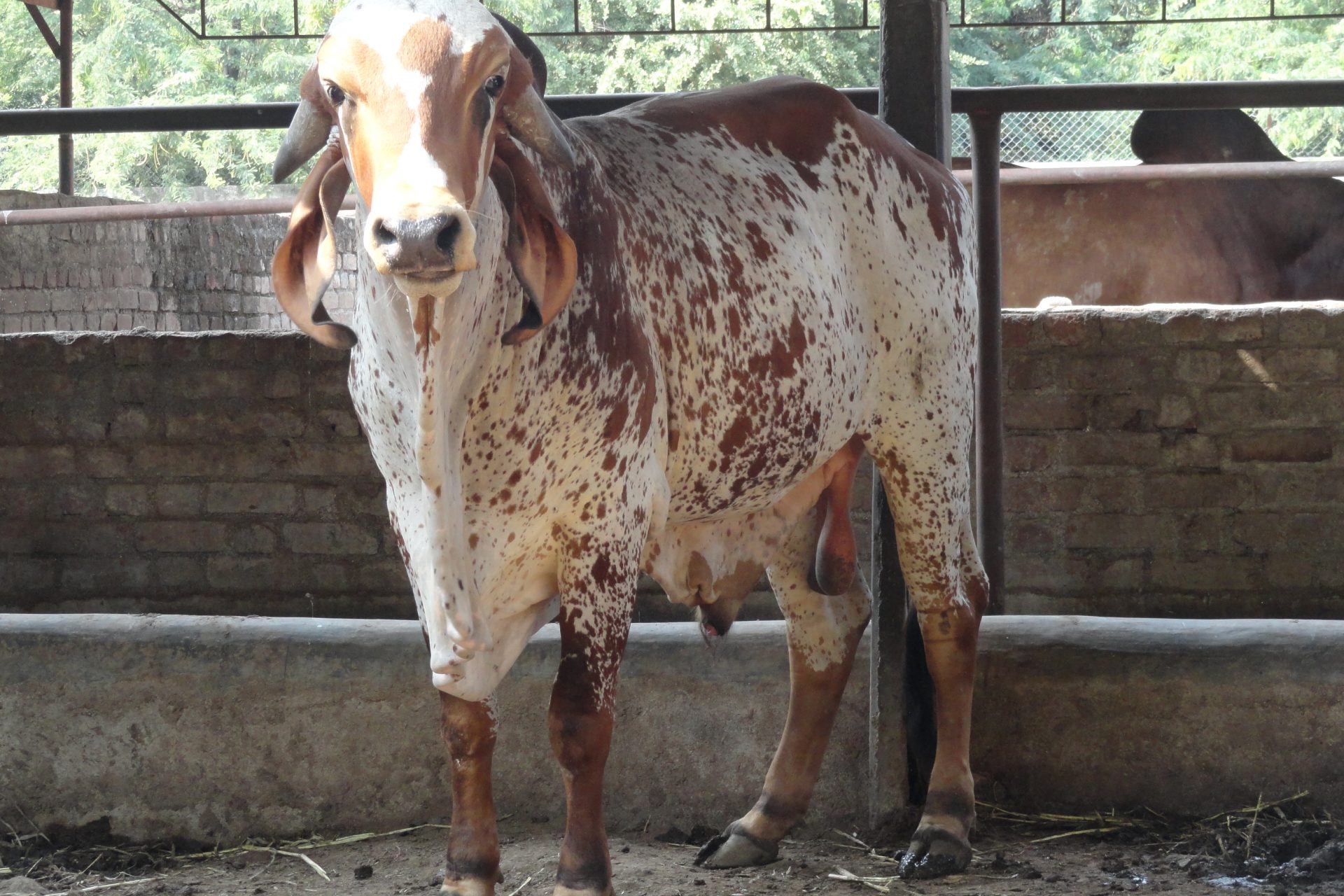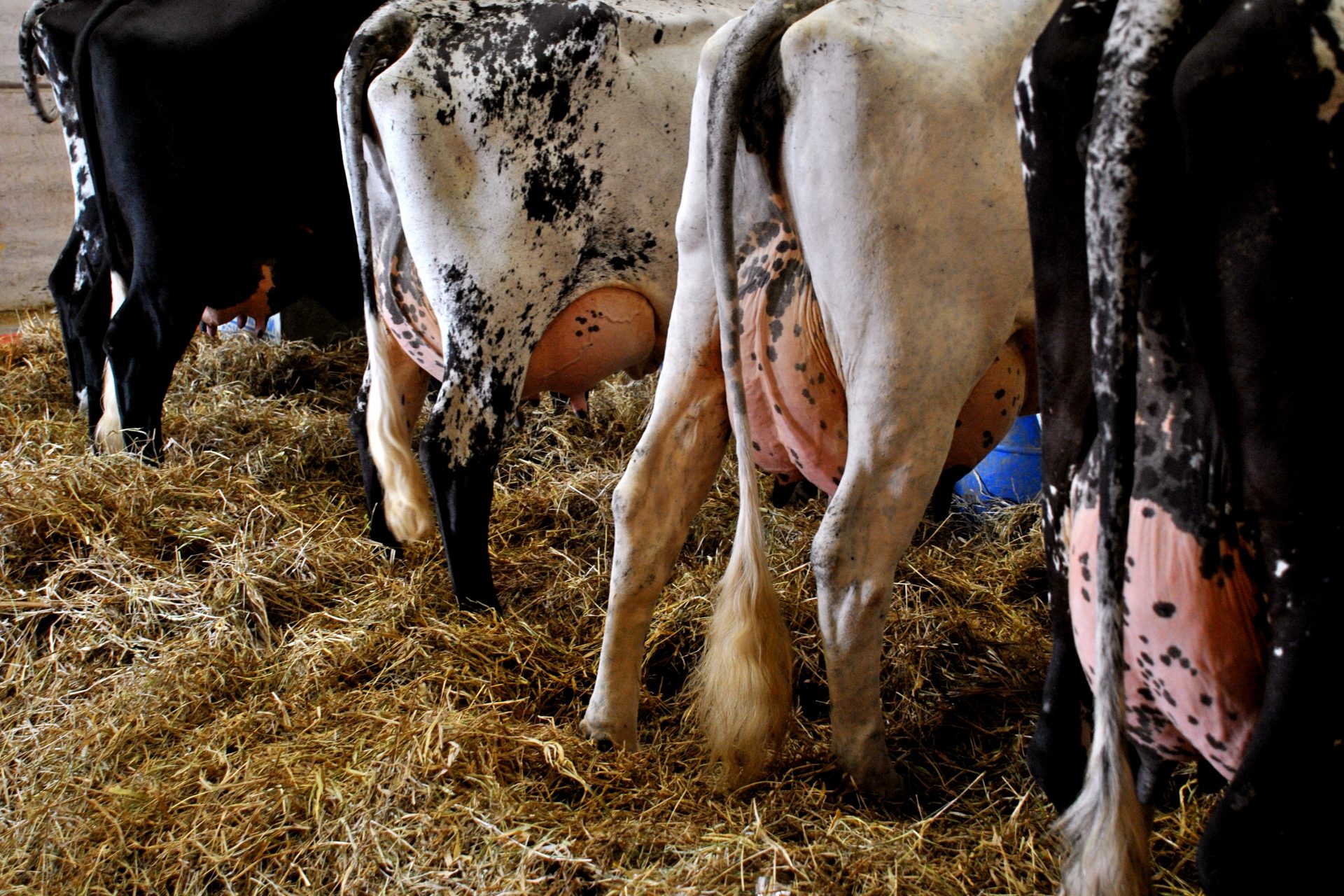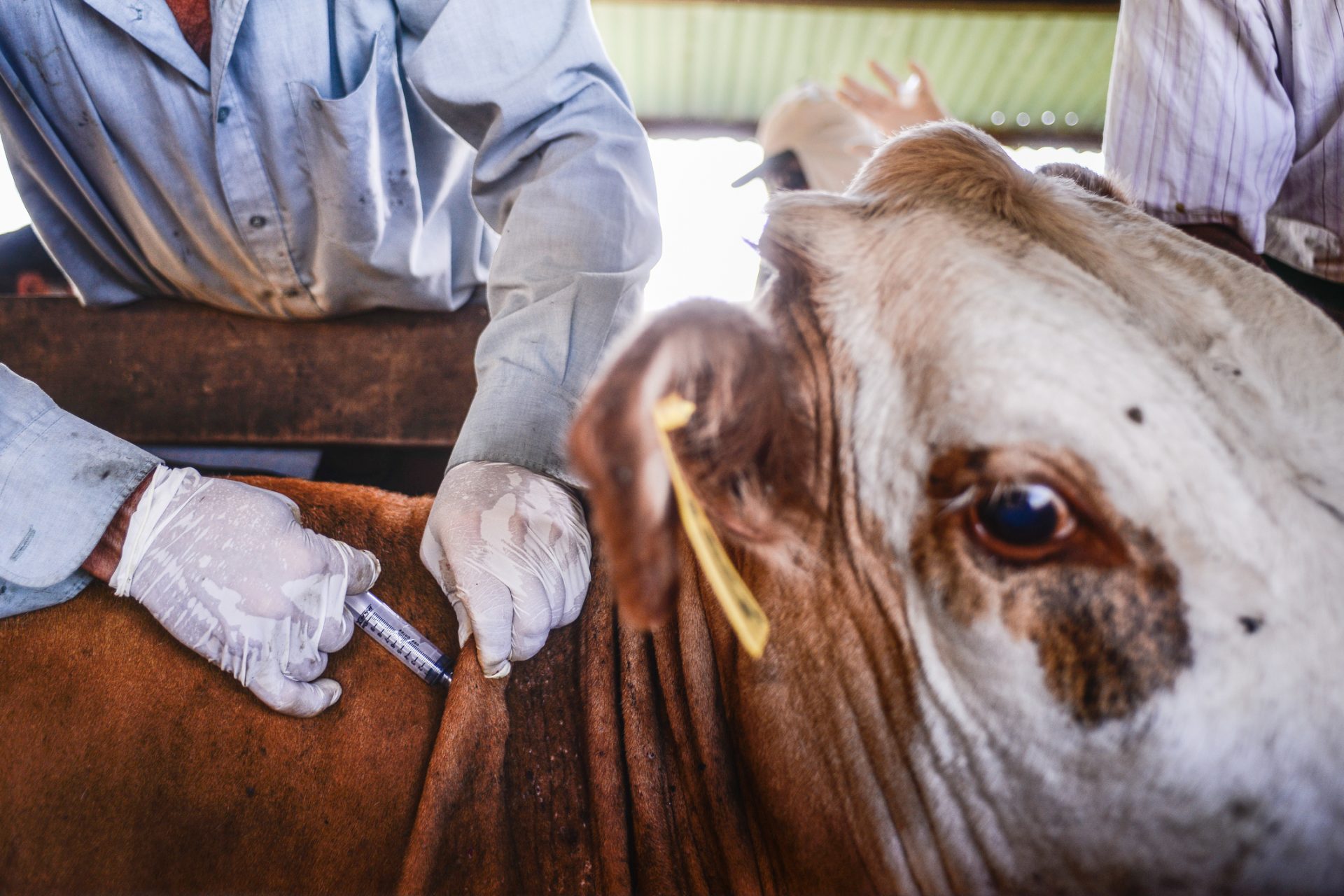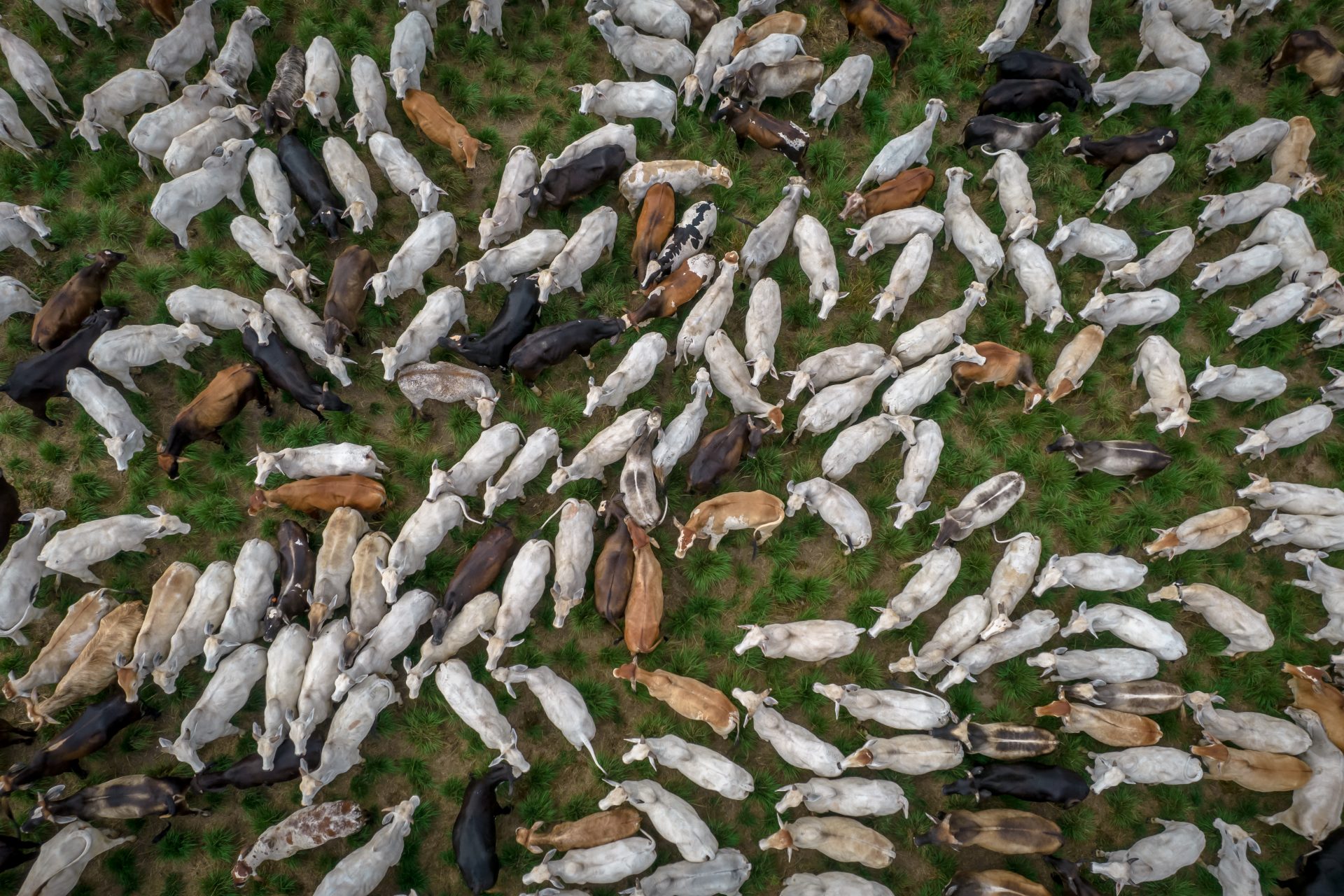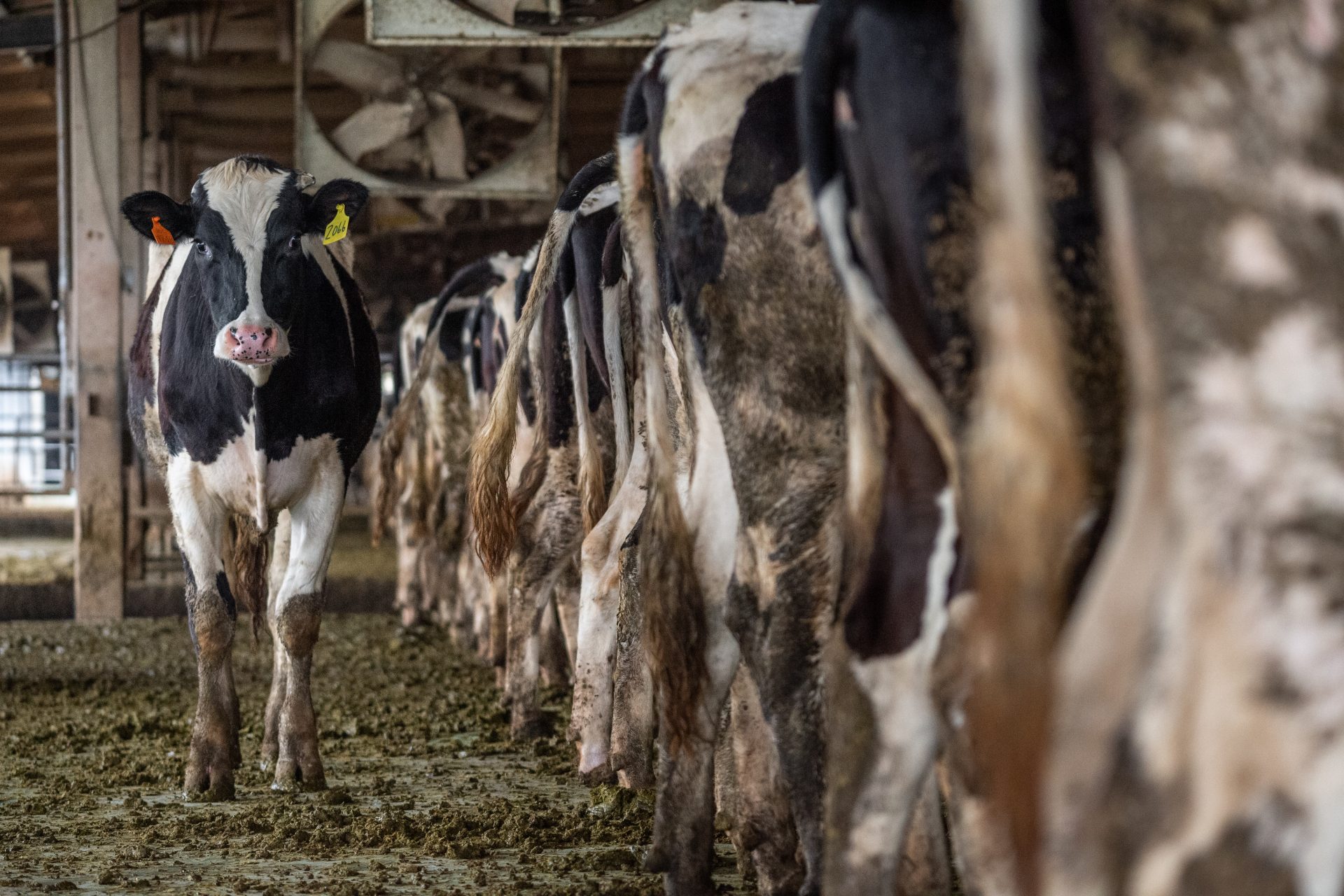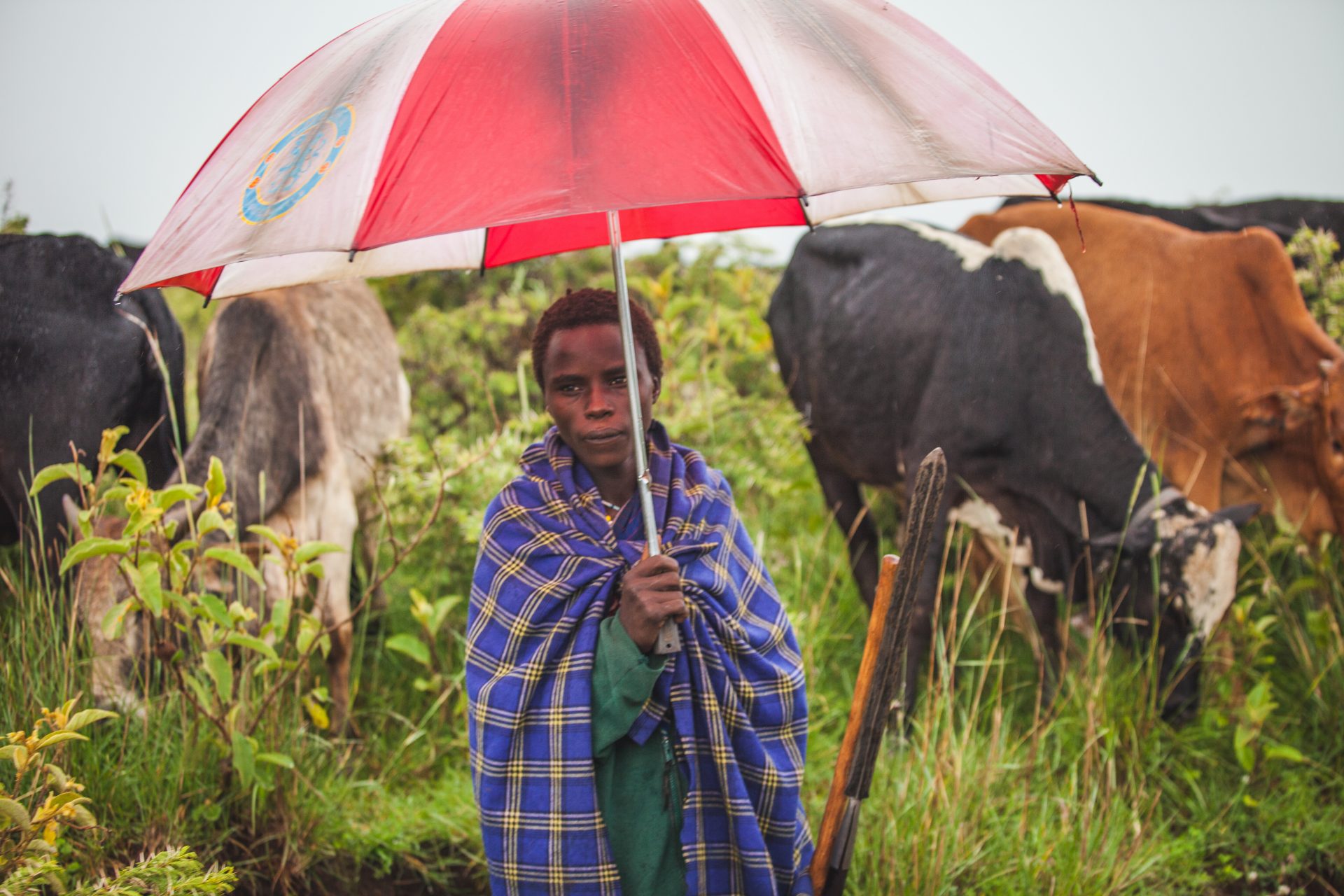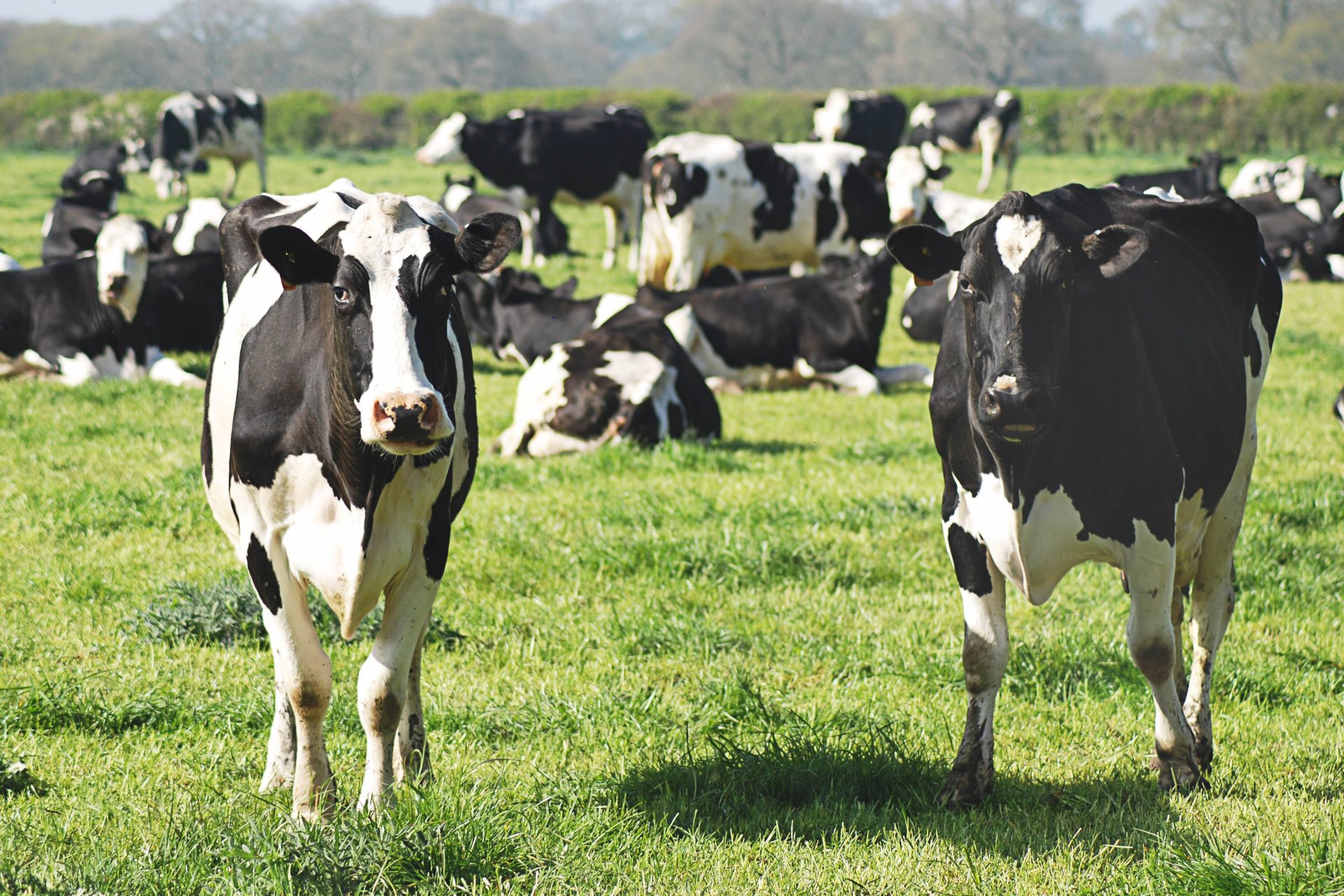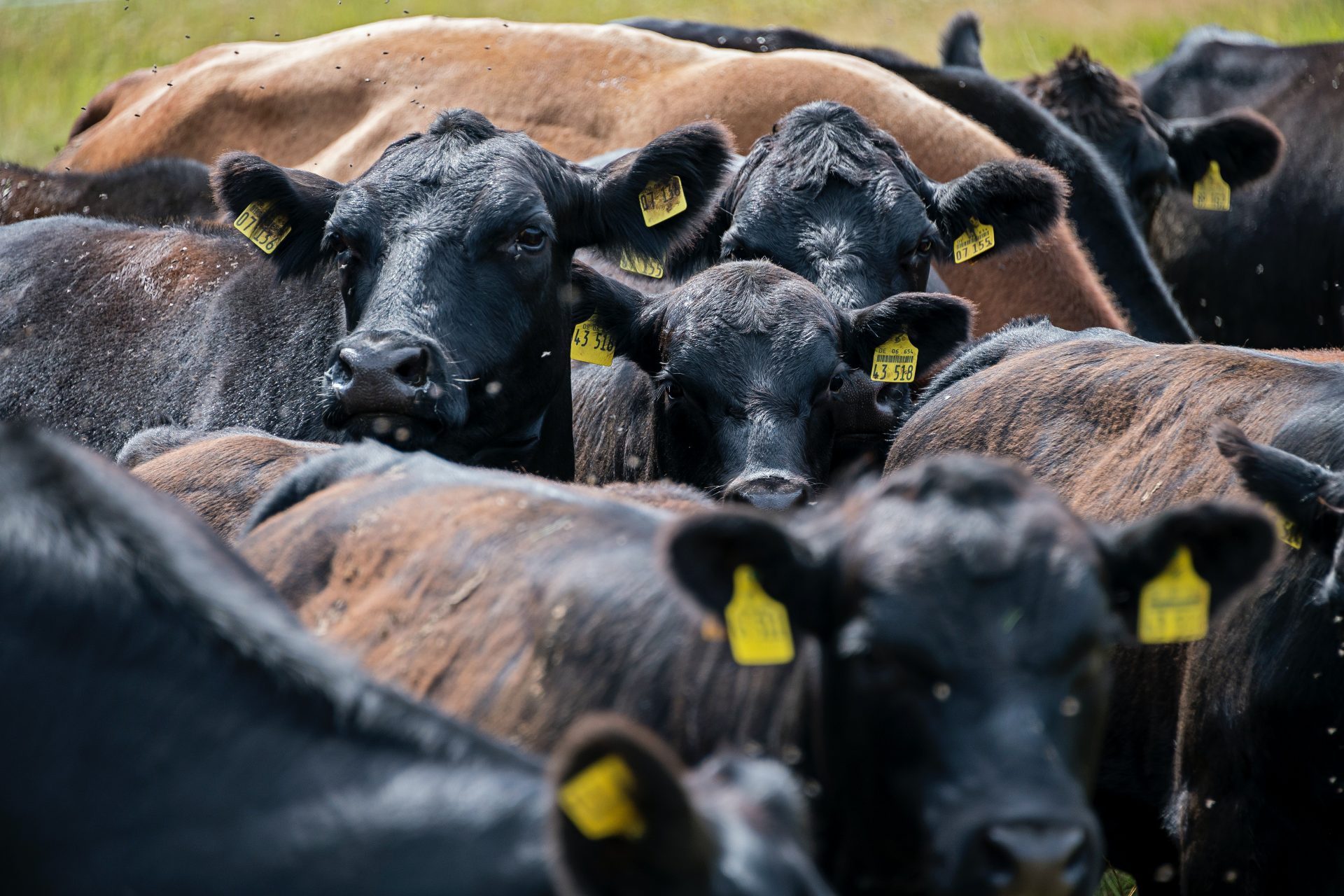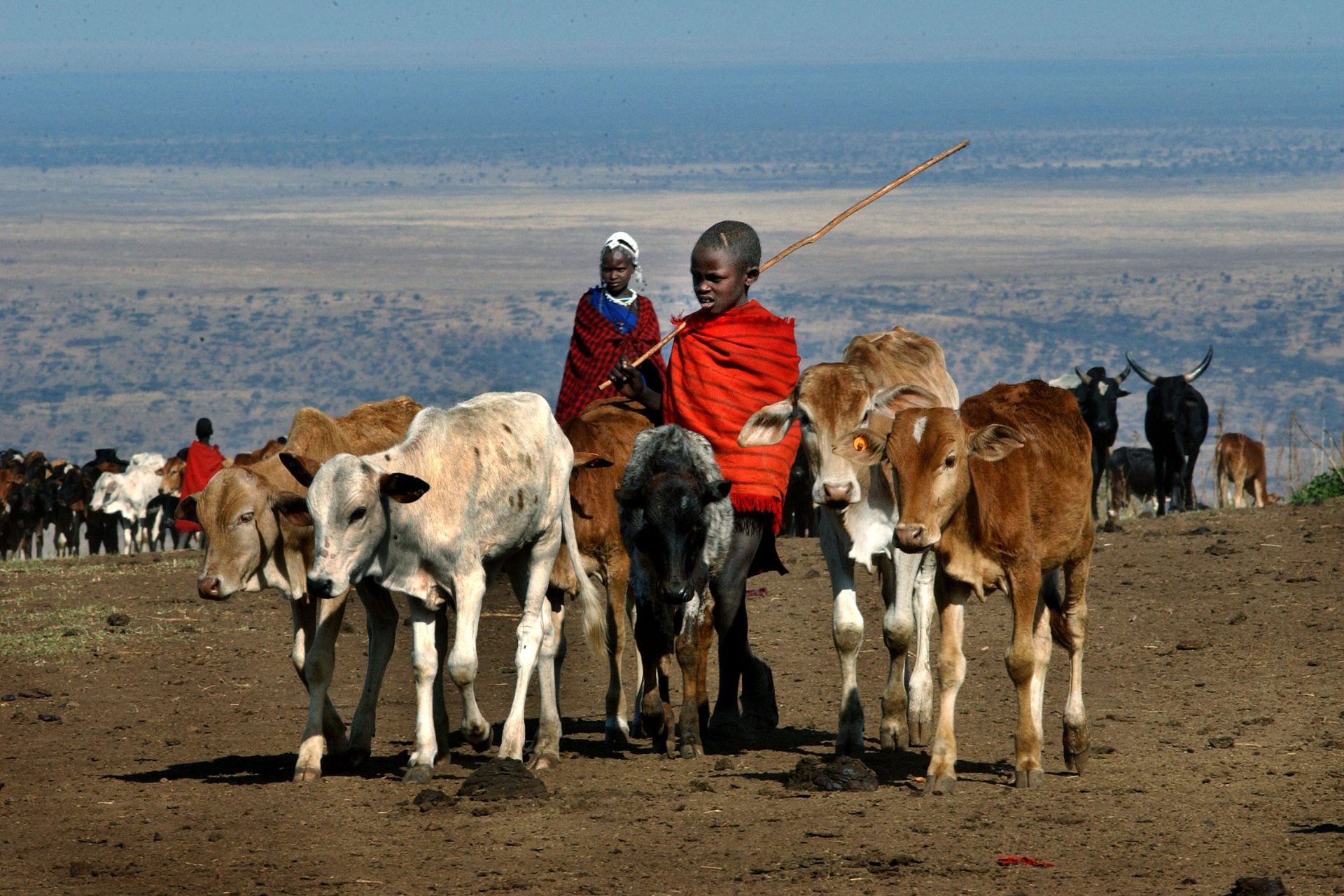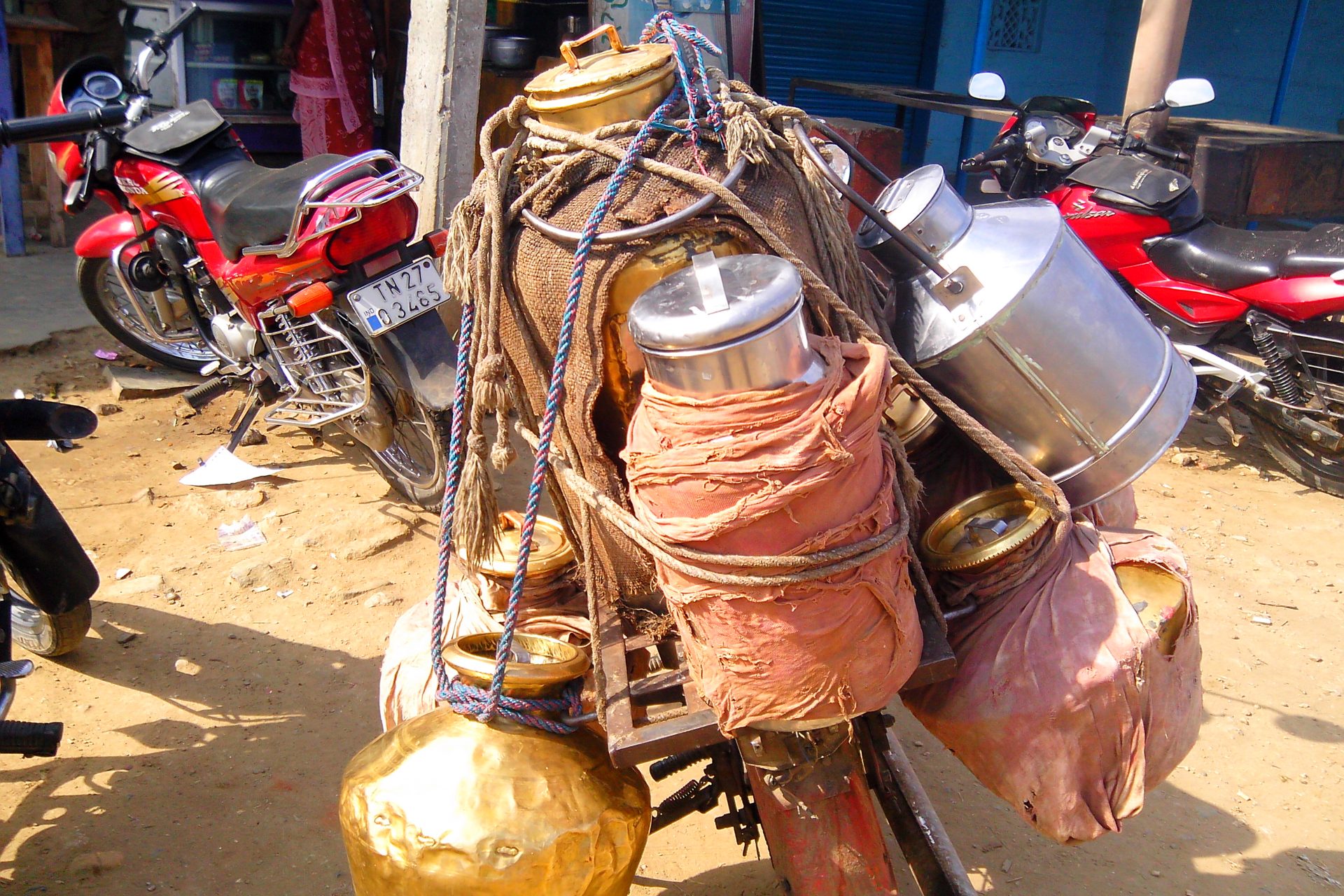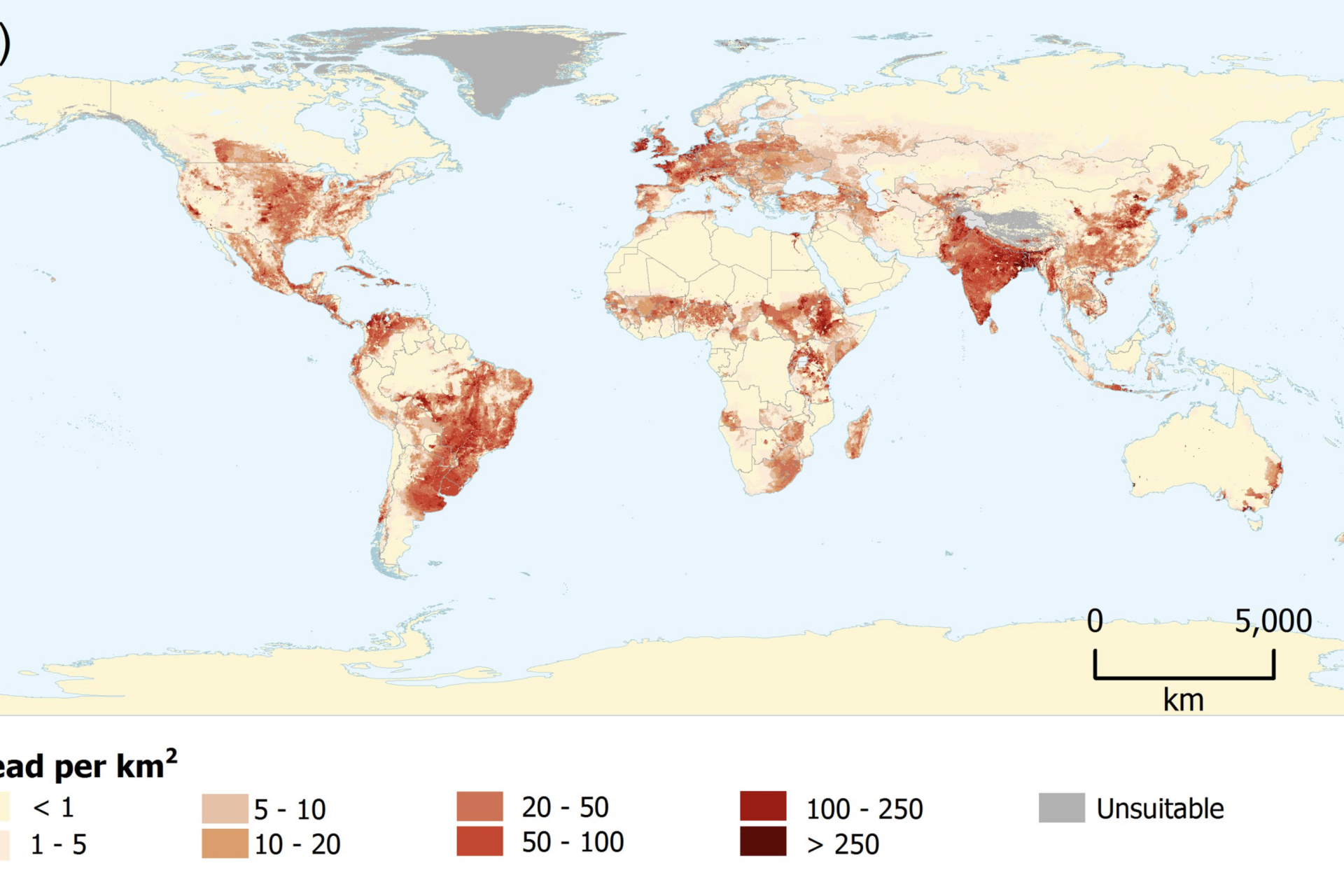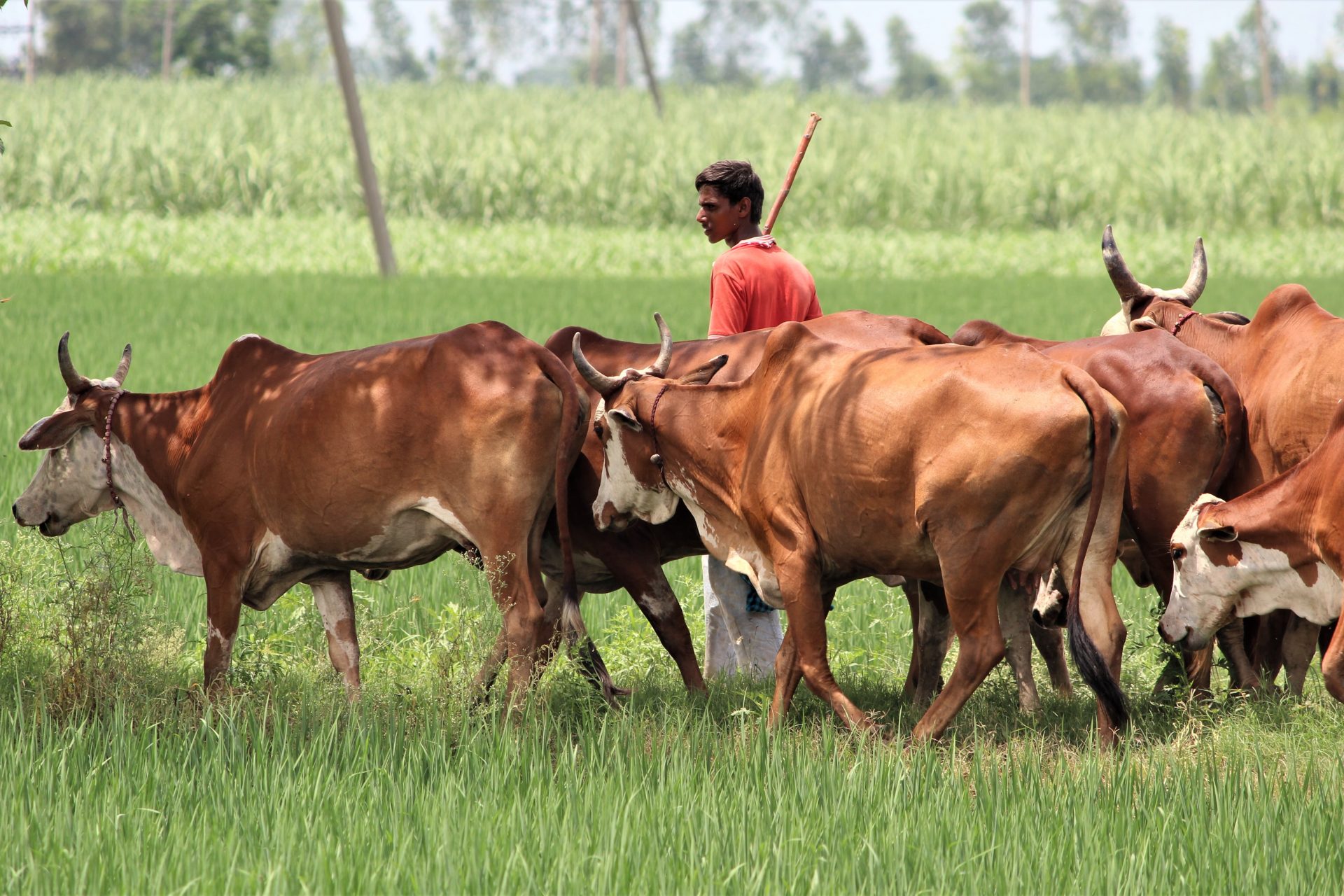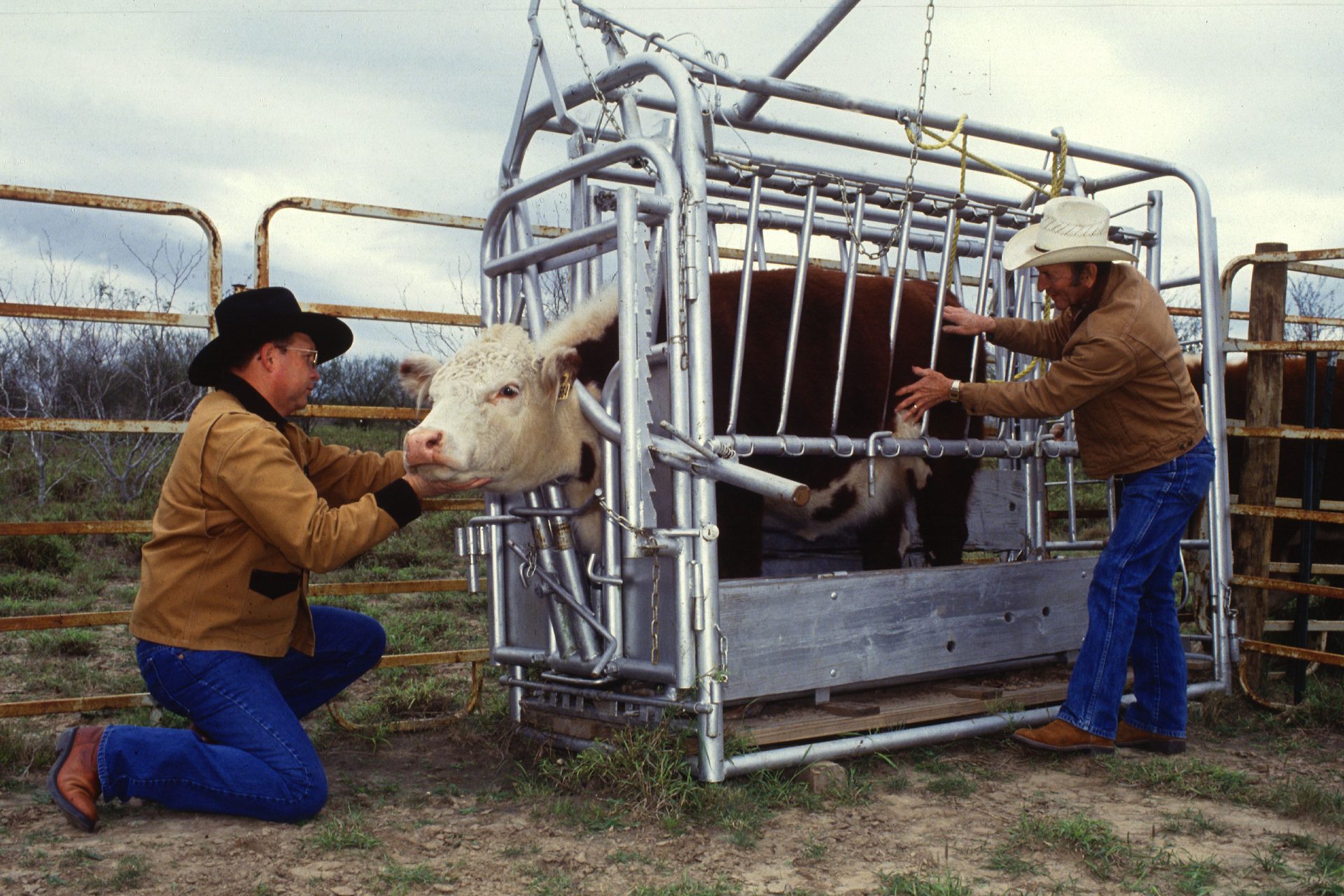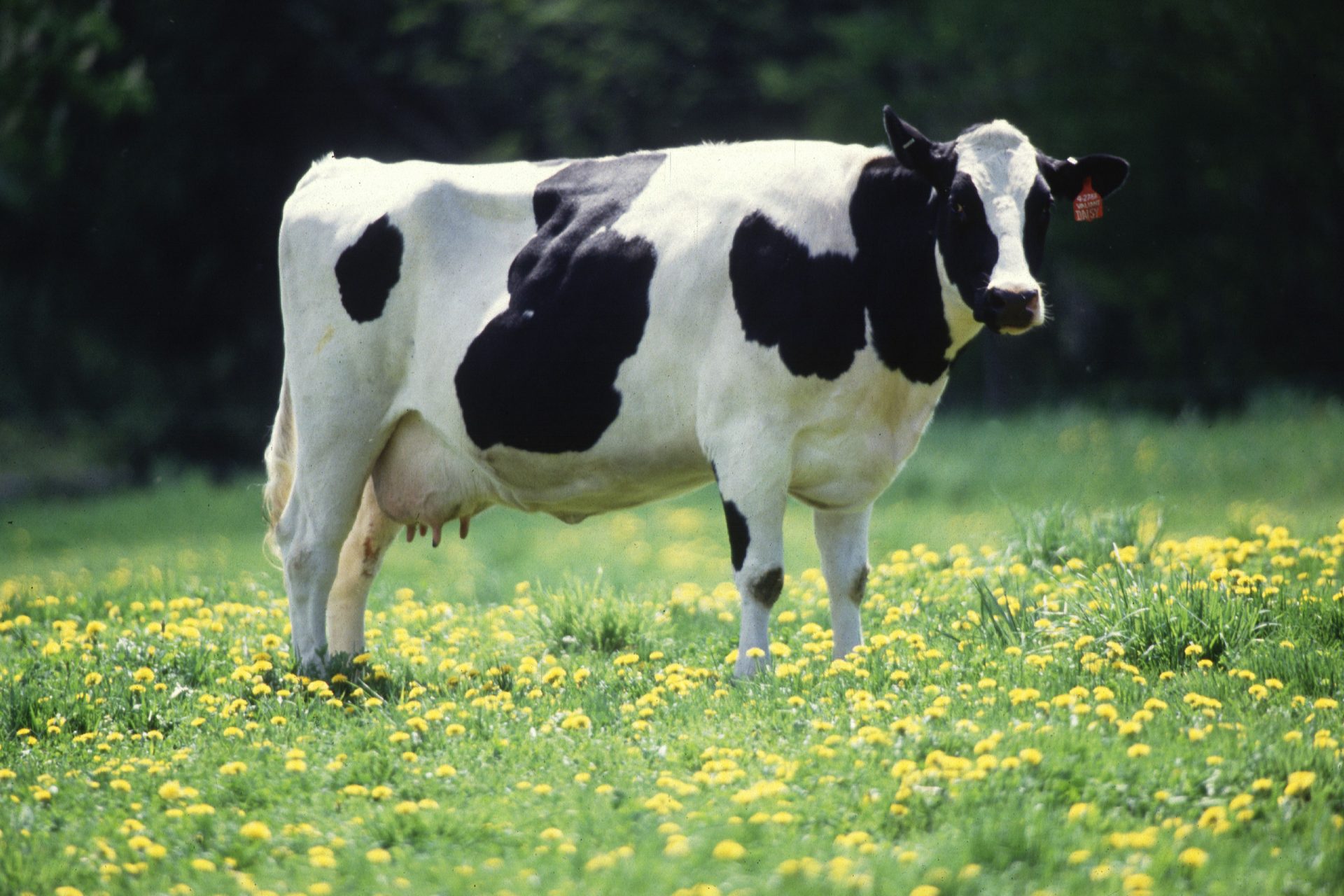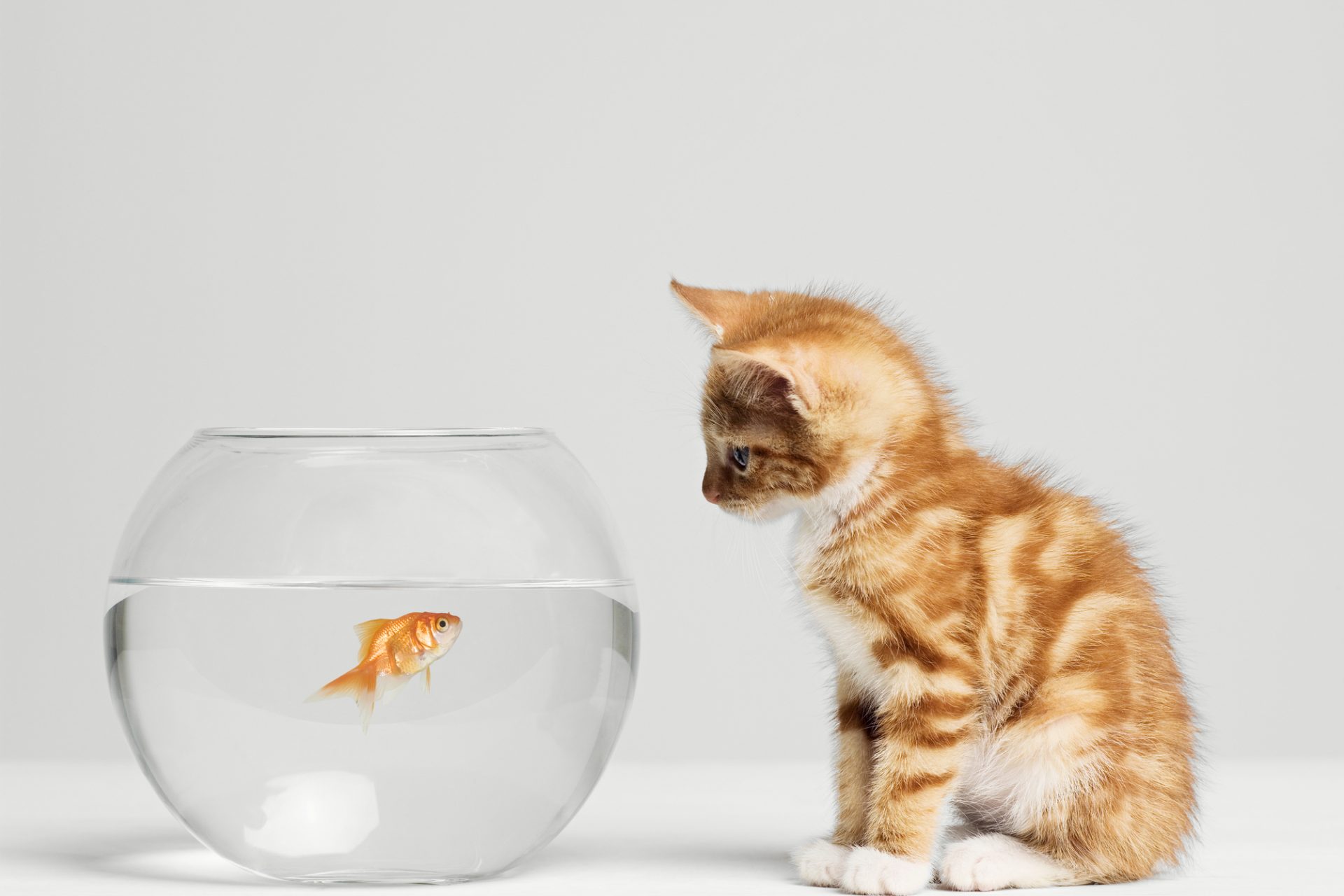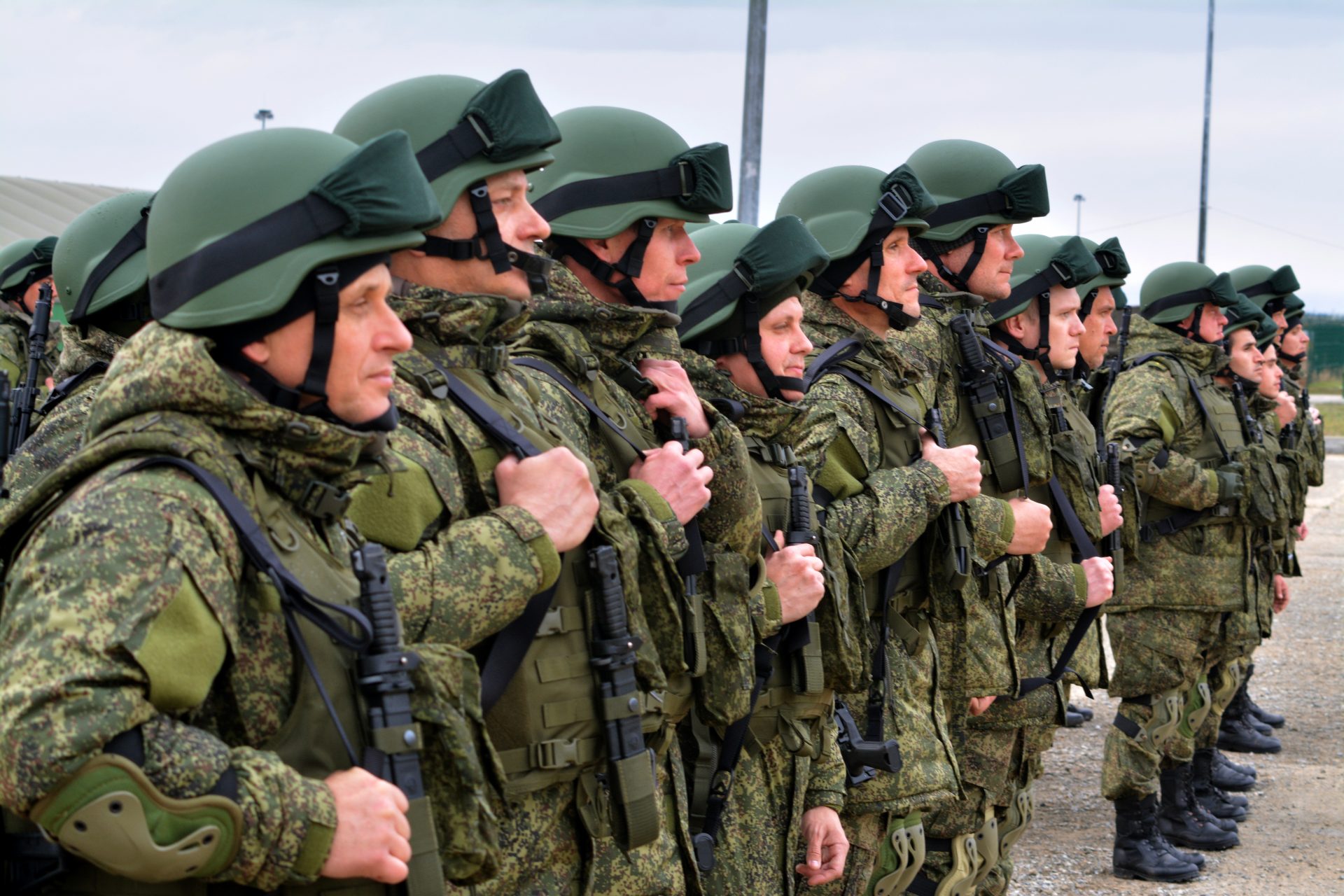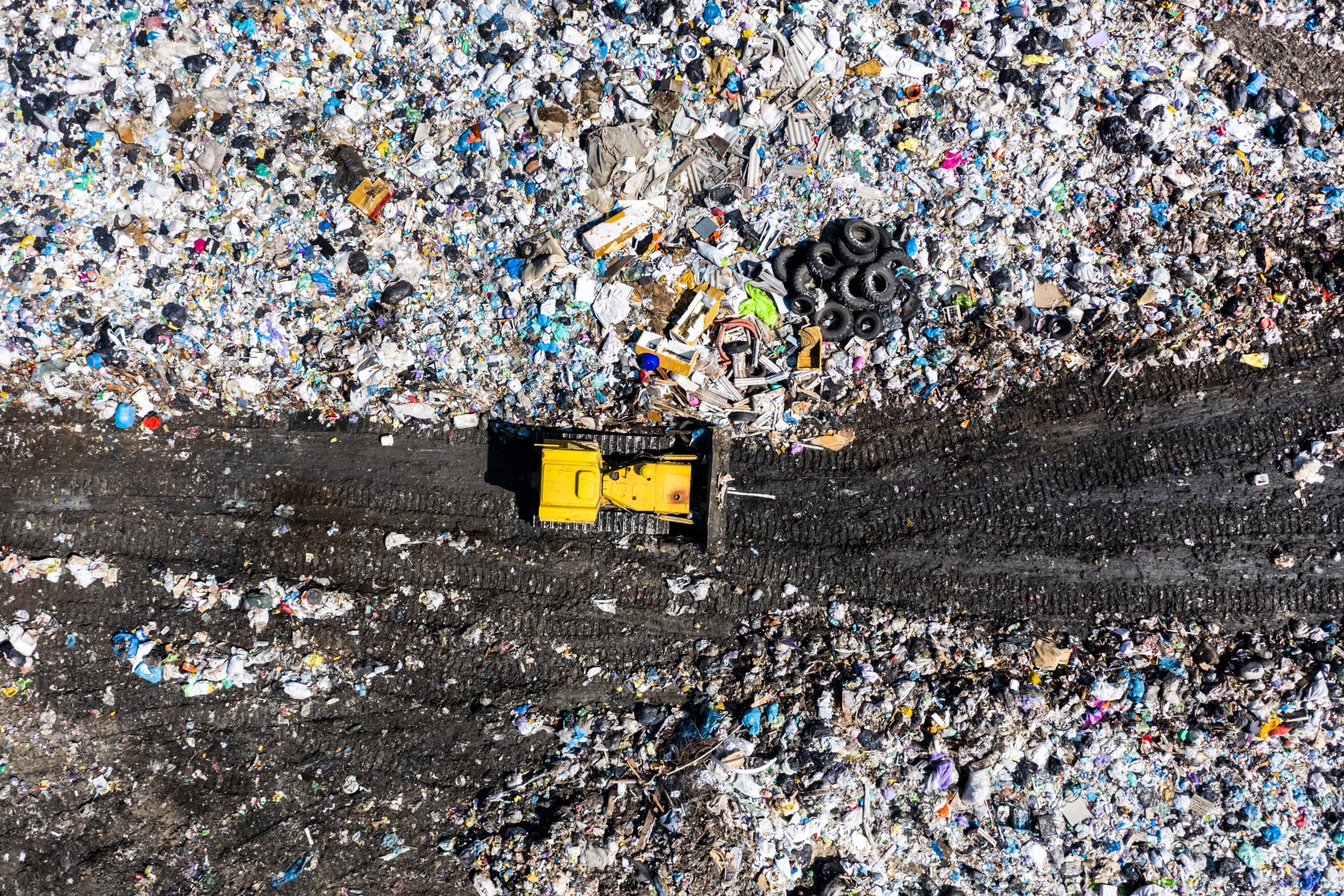Could this special new breed of cow end food insecurity around the world?
Global food insecurity is one of the biggest issues facing the modern world but a group of scientists may have found a possible solution: a new type of cattle specifically designed to produce more milk than any other breed!
Researchers from the University of Illinois Urbana-Champaign could be on the verge of changing our world forever after developing a new breed of cow that can help alleviate global food insecurity. Here’s how and why they did it.
An article from the group of researchers was published in the journal Animal Frontiers and it relayed how the scientists merged the producing capabilities of Holstein and Jersey cows with a cow breed known as Gyr.
Gyr cows are indigenous to most tropical climates and a press release on the new research noted that the cattle breed has a host of intriguing traits, such as resistance to heat, drought, and disease—making them ideal for farmers across the Global South.
Photo Credit: Wiki Commons By Chovatiyahiren
These types of crossover cows aren’t new. High milk-producing cows known as Girolandos, a crossover between a Holstein and a Gyr, are common in Brazil according to the project's leader Matt Wheeler.
Wheeler is a professor in the Department of Animal Sciences at the University of Illinois and explained that Brazilian Girolandos can’t be exported out of the country because of endemic disease in Brazil’s cow populations.
However, a breed of cows like the Girolandos would be helpful for subsistence farmers in Africa and around the world, and that’s why he began working on creating a breed of cow that could produce a lot of milk and be exported to global tropical markets.
“We wanted to develop a high health-status herd in the U.S. so we could export their genetics anywhere in the world,” Wheeler explained, and his project turned out to be very successful in achieving its goal.
Photo by Jo-Anne McArthur on Unsplash
It took Wheeler and his team five generations to create a crossbreed of cows that could produce ten liters of milk per day under the typical Tanzanian farmer, which is a lot more than the half-liter indigenous cows in the region can produce.
Wheeler’s team plans to implant the first 100 Holstein-Gyr and Jersey-Gyr embryos into indigenous cattle in Tanzania in March 2024 according to the press release on their project, and Wheeler's team will work to inseminate the first calves born to create successive generations of hybrid cows.
Farmers will be left with a new cow breed that will be five-eighths Holstein or Jersey and three-eighths Gyr. The new breed will have the producing power of Holstein and Jersey cows with the resistance of Gyrs.
Photo by Monika Kubala on Unsplash
“The whole idea is to keep the disease and pest resistance linked together with the milk production so that as you breed, those traits don’t separate,” Wheeler explained.
Photo by Etienne Girardet on Unsplash
“That's going to be the challenge in developing countries; until you get to the pure synthetic generation, there will always be the temptation to breed to the bull down the road, losing the effect,” the animal scientist continued.
This new breed hadn't been given an official name by Wheeler and his team at the time they published this work, but it will be a game-changer for increasing food security in parts of the world where people are living in the tropics and can also digest cows' milk.
Photo Credit: Wiki Commons By Thamizhpparithi Maari
In the overview article produced by Wheeler and his colleagues, the researchers noted that 80% of cattle currently reside in tropical or sub-tropical climates and also added that the number of farmers and milk producers is far greater in those climates.
Photo Credit: Wiki Commons By Timothy P. Robinson
Unfortunately, cattle production in the tropics and sub-tropics isn’t on par with what can be produced by other regions of the world. This is why the development of cattle that can produce milk in high amounts could revolutionize global food security.
Photo Credit: Wiki Commons By Sarbjit Bahga
“These cattle would work very well in Mexico, Texas, New Mexico, and California,” said Wheeler, who explained that his cattle breed could help more than just the Global South but also places where climate change would hit hard.
Never miss a story! Click here to follow The Daily Digest.
Photo Credit: Wiki Commons By Scott Bauer/USDA
“People don't usually think that far ahead, but my prediction is that people are going to look back and realize having tropical genetics earlier would have been a good thing,” Wheeler added.
Photo Credit: Wiki Commons By Keith Weller/USDA
More for you
Top Stories



